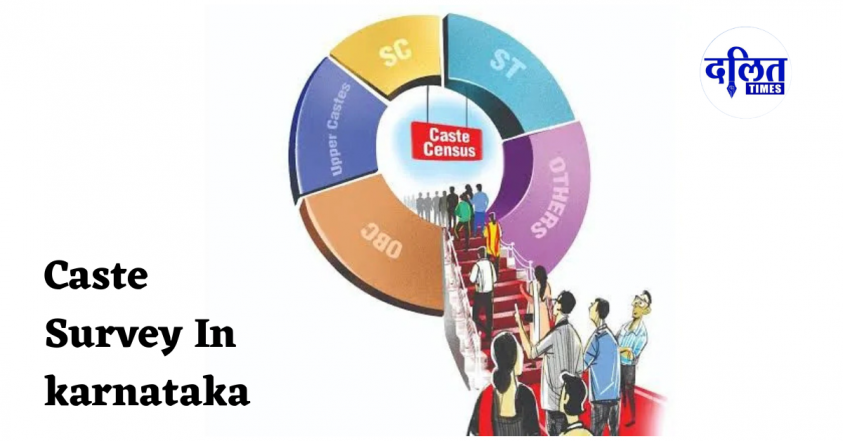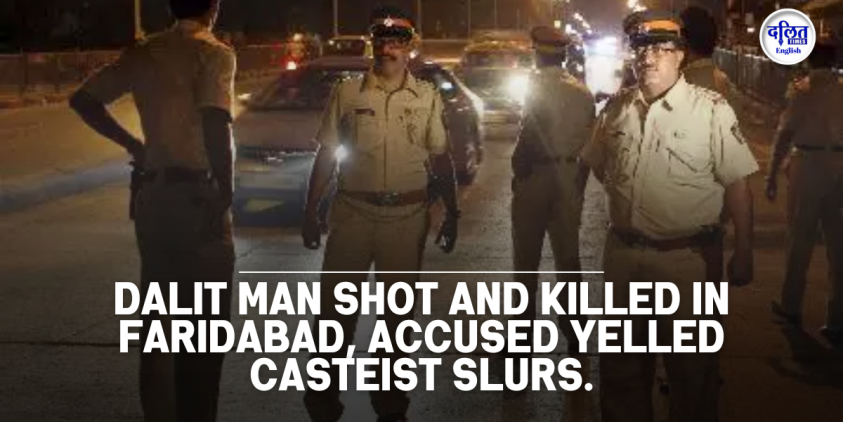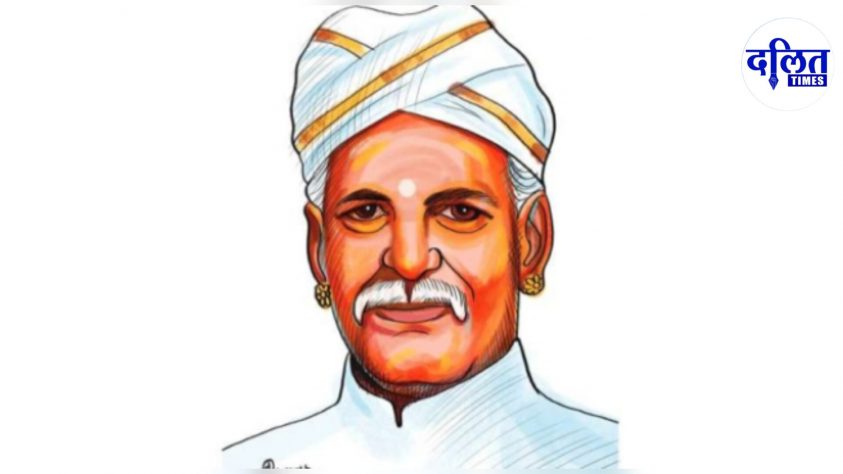“merit” is merely caste capital with an English accent. A system where oral interviews and vague eligibility criteria offer cover for caste reproduction. A system where the “public” in public employment has never truly included the majority.
The question is old. The answers are older. But the evidence, at last, is new. The Karnataka caste census—kept under bureaucratic lock for a decade—has slipped through the cracks of political control and landed, like a truth bomb, into public discourse. And with it comes a piercing question that the state has long buried under euphemisms and “progressive” propaganda: Who owns Karnataka?
The answer is painfully clear. Not the people who till its fields. Not the women who carry its children. Not the Bahujans who keep its economy, sanitation, education, and informal sectors alive. The state, in practice, belongs to those who have historically occupied its institutions—not through numerical strength, but through structural entitlement.
Statistical Spectacle, Political Seizure
Karnataka’s dominant castes—Lingayats, Vokkaligas, and Brahmins—together constitute less than a quarter of the population. And yet, their presence across key institutions—civil services, education boards, public commissions, judiciary benches, and media outlets—remains overwhelming.
Also Read : Not a Scene from a Horror Film: Rajasthan’s Atrocity and the State’s Silence
This isn’t accidental. It is the result of a carefully constructed system where “merit” is merely caste capital with an English accent. A system where oral interviews and vague eligibility criteria offer cover for caste reproduction. A system where the “public” in public employment has never truly included the majority.
When Majority Means Margins
The leaked caste census data tells us that OBCs form nearly 70% of Karnataka’s population. Add the SCs (19.8%), STs (7%), and Muslims (12.9%), and you have a staggering 85% of the state that lives outside the dominant caste umbrella. Yet when you walk through the corridors of Vidhana Soudha or glance at the list of university professors or KAS officers, you see an entirely different Karnataka—a Karnataka narrated by Savarna surnames.
This is not a gap. It is a theft. A theft of opportunity, recognition, and future.
The Inheritance of Disproportion
Take the Lingayats. At 11%, they have produced multiple Chief Ministers across party lines—from B.S. Yediyurappa to Basavaraj Bommai. Vokkaligas, close behind at 10.3%, control significant legislative weight via parties like the Janata Dal (Secular), which has operated more like a caste cooperative than a political party.
Even the Kuruba community—of which the current Chief Minister Siddaramaiah is a member—has only recently begun to climb the ladder of visibility, despite forming 7.3% of the state. Contrast this with the Brahmins, who make up just 2.6%, yet remain disproportionately represented in elite bureaucratic and judicial appointments. This is the arithmetic of caste dominance: small numbers, large control.

From Mutts to Ministries: The Caste Cartel
What ties this imbalance together is not just history, but its institutional afterlife. The influence of religious mutts, dominant caste-run media, landed wealth, and private educational empires has formed a closed loop of power. One that excludes Bahujans not just from seats of power, but from the very imagination of governance.
Bureaucracy here is not neutral. It is caste-coded. Recruitment boards are not objective. They are gatekept. And even reservation, the bare minimum promised to the oppressed, is implemented with an intentional inertia.
Fear Dressed as Federalism
The backlash to the census was inevitable. Not from the poor. Not from the landless. But from the elite who have worn social justice as a costume while consolidating caste privilege behind closed doors. Statements like “We must study the report carefully” or “Let us not divide society” are not appeals for unity. They are the panic buttons of those who fear the collapse of caste monopoly.
Also Read : Torture for Demanding Wages: Dalit Minors from Rajasthan Brutally Assaulted in Chhattisgarh
Deputy CM D.K. Shivakumar and Minister Eshwar Khandre’s posturing is not about caution—it is about caste coordination. Meetings are held, not with marginalised stakeholders, but with dominant caste elders. Consultations exclude the majority. The Congress government, despite its secular claims, trembles not at injustice, but at the thought of correcting it.
Truth Is Not Treason
The caste census is not a rupture. It is a revelation. It reveals that what has been called “development” was development for the few. That “inclusive governance” was a slogan stretched over the architecture of exclusion. And that Karnataka’s so-called egalitarianism was a fiction crafted by those who had everything to lose from the truth.
The dominant castes fear this not because the data is inaccurate—but because it is irrefutable. This is not an assault on unity. It is the unveiling of a long-standing apartheid.
What Next? From Counting to Claiming
To Bahujans, this census is not just data. It is documentation of what they have always known. It is vindication for the uncounted. It is testimony in a courtroom where the accused is the very architecture of the state.
The demand now is simple: align policy with population. Increase OBC reservations to 51%, reflect Muslim underrepresentation with proportional adjustments, and insulate SC/ST quotas from dilution. Anything less is an admission that the state remains loyal to caste, not to democracy.
This Is the Reckoning
This moment is not just about Karnataka. It is about India’s constitutional soul. Because when numbers speak, they do more than count. They confront. And they compel.
The caste census has done its job. It has counted the people.
By Bindu Ammini | 21st April 2025



